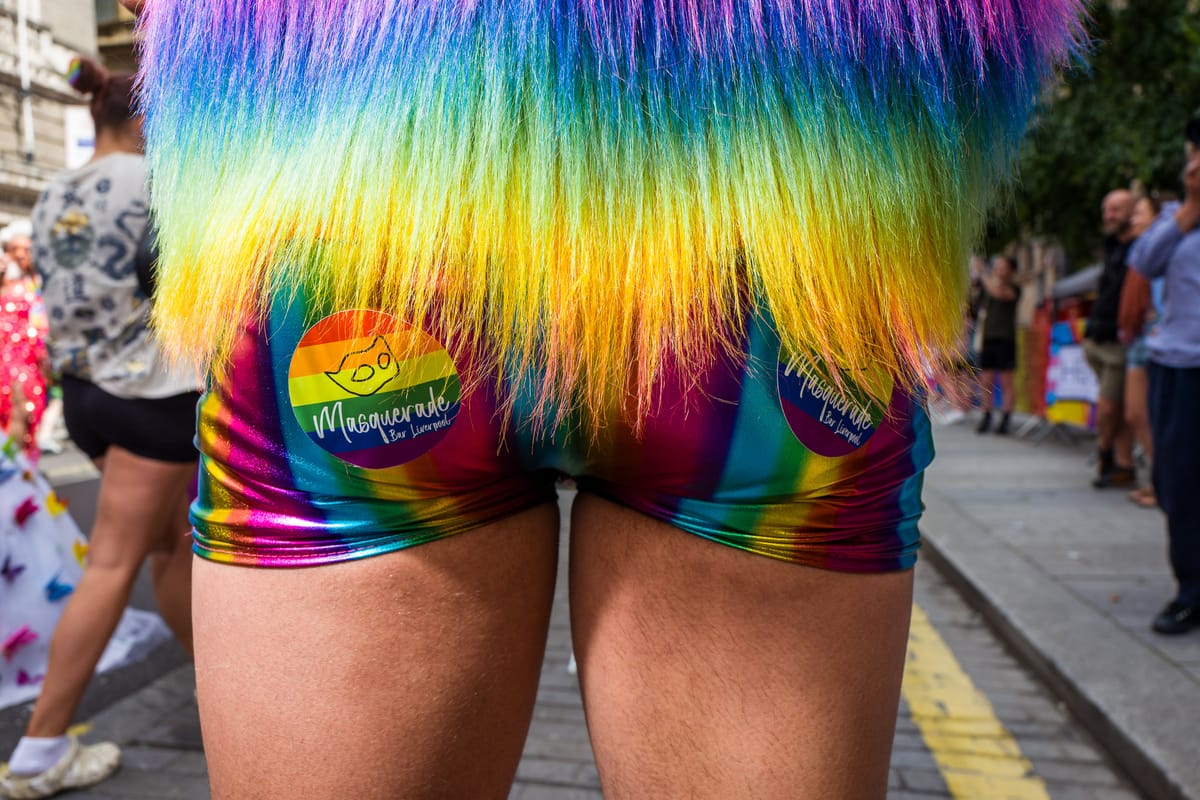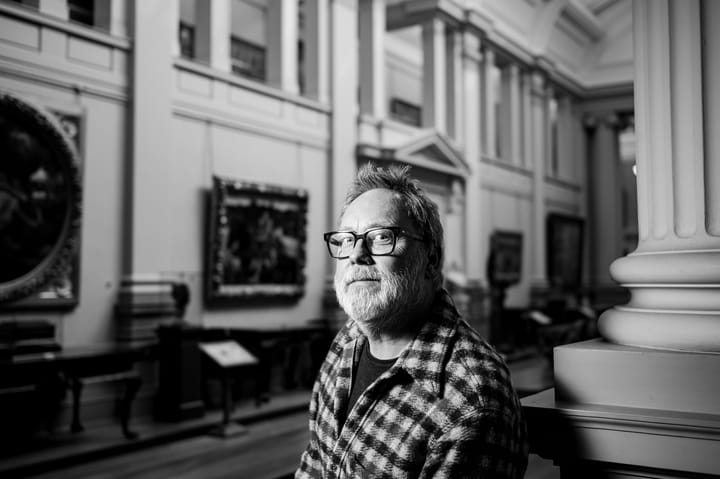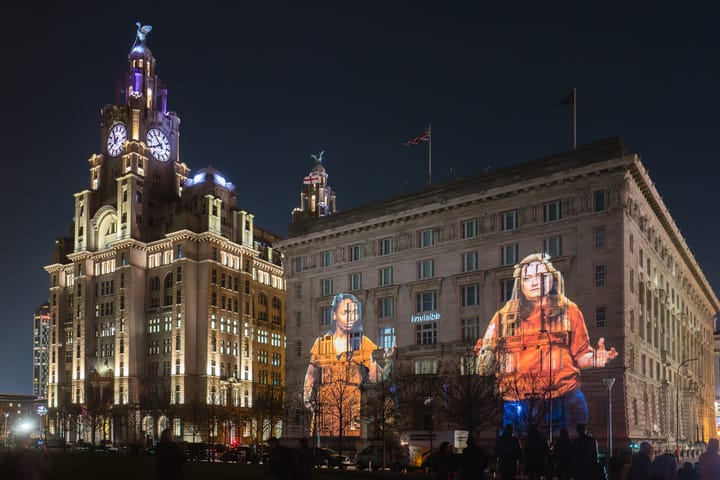AI and the Queer Gaze in Photography
AI is good but built upon so many problematic systems. How can queer photographers use it?

Queer as AI folk
AI is everywhere. The latest smartphone advert pushes the power of AI. Seemingly all of Adobe’s products have AI features. Apple has added AI in their latest OS updates despite having had ML (Machine Learning) for years. ChatGPT, Google Gemini, and Microsoft CoPilot all aim to solve life’s great problems. Is it buzzwordy fluff like web3.0, NFT or 3DTV, or does it have utility?
Even if it has utility, AI’s origins are ethically worrying. A good number of datasets that the AI models are trained on use non-consensual source material. Apple may have scraped the open web to train their model. Other services, like Perplexity, completely ignore techniques used to block them from your site. There are people fighting back against these companies, but I fear that by the time there’s a court result the tools will be so baked into our lives that we cannot undo it.
Ignoring the ethical aspect still leaves the climate issue. A ChatGPT request, now part of iOS 18.2, uses 10x the power of a Google search. In a race to profit from these systems people are burning the planet.
It’s unfortunate as they do have utility. It is far easier to clean up a photograph using AI than not and I use it nearly every day. I could restrict myself to using only AI that runs on my computer rather than a data centre that burns the planet, but it still raises the question of how was the model trained. By using the tools am I complicit in the non-consensual content crawling? As a queer photographer, and as a queer person, consent is important... until utility is more important?
I’ve wrestled with the issue for the past week and I am not sure where I land on it. I have disabled ChatGPT on my devices for climate reasons and I’m trying to avoid using Lightroom’s generative fill for cleaning up client photos. Interestingly it resolved itself when I tried to edit some body-positive photos. Lightroom said the work was against the community guidelines and wouldn’t the mask on the person. So, the quickest way to avoid AI... nudity.
Here are some other thoughts on the issue of queerness and AI in photography;
Jake Elwes - The Zizi Show. The Zizi Show is a deepfake drag cabaret that explores the ethical problems which exist in Artificial Intelligence (AI).
How AI Erases Queer Content | Autostraddle. "In an uncanny way that only AI can achieve, this expressed rationale mirrors a common feeling held by cis folks when interacting with trans people: the paralyzing dread of saying the wrong thing."
Is A.I. Coming for the Drag Queens Next? A Deep Fake Cabaret at the V&A Exposes the Tech’s Limitations. A new A.I. drag show at the V&A museum in London queers the dataset and reveals the many biases of machine learning.
Beyond the Binary--Queering AI for an Inclusive Future | ACM Interactions.
Photographer
I bumped into this work by Steven Menendez this week and liked it. So often work like this is a product of the male gaze featuring women bending over rocks in black and white. Refreshing to see men instead. I wonder if there's someone doing this with everyday body types too, rather than six-pack Greek gods?
.



Comments ()